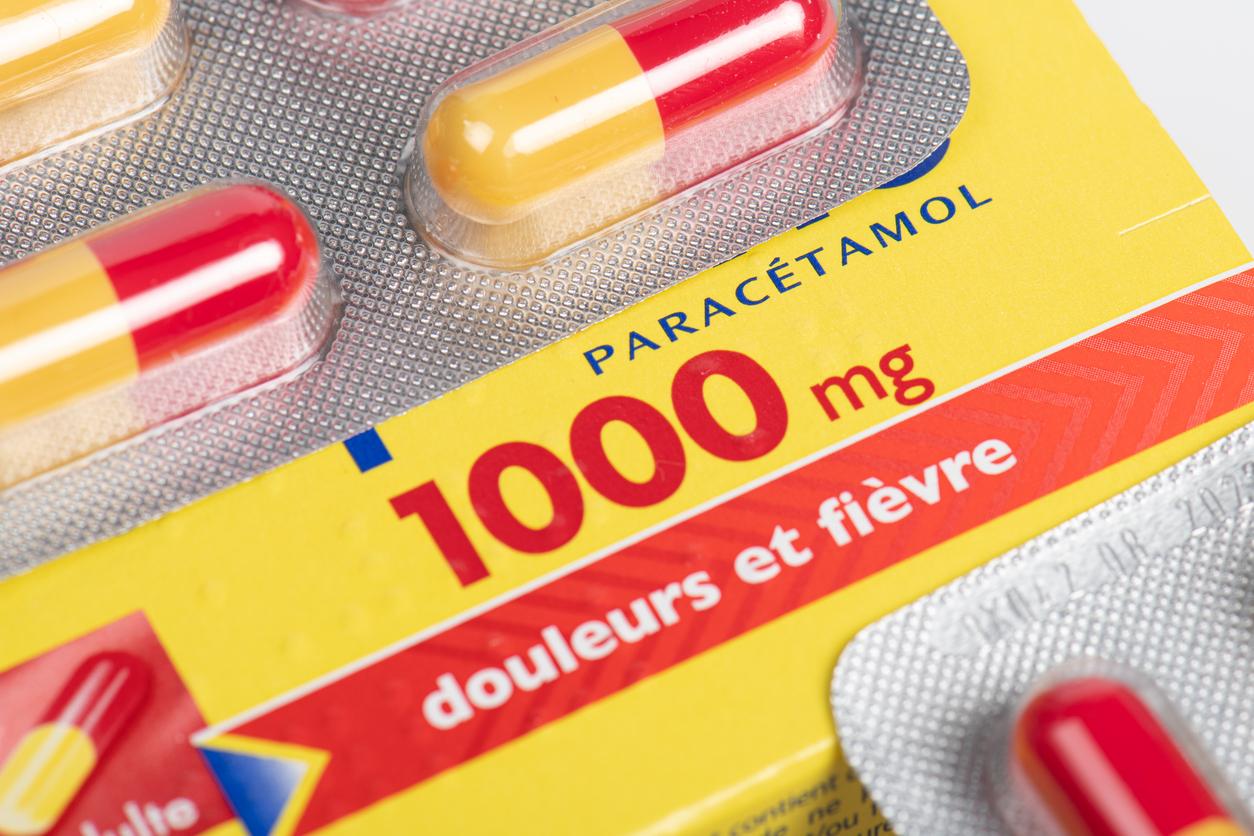We do not always realize that if the anesthesia “sleeps”, it does not eliminate all pain. Without the administration of powerful painkillers, you would feel the scalpel! For assess pain throughout the operation, the anesthesiologist relies on various parameters, such as the observation of his movements, his blood pressure, his pulse. With the pupillometer, it also has a measure of pain, from a direct witness: the eye.
Do the eyes “speak” when it hurts?
We sometimes see it in the cinema, a great fear is expressed at the level of the eyes by a dilation of the pupil. For pain, it’s the same: the more it hurts, the bigger the pupil. It is a reflex reaction to stress, therefore uncontrollable. By accurately measuring the level of this dilation, the pupillometer allows you to know for sure whether the person is in pain or not. And therefore to increase or reduce the dose of opaque drugs according to the real needs of the patient.
How should we proceed ?
Learning is quick, the user manual is simple. It suffices to spread the eyelids of the person to apply the device in contact with the eye. The infrared camera films and the diameter of the pupil is displayed in a few seconds. A first measurement serves as a reference. It is performed once the patient is asleep, approximately five minutes after intubation, before the first cut of the scalpel. The measurements are then repeated during the procedure.
What does the intensity of the pain depend on?
The type of intervention. The fitting of a knee prosthesis is one of the most painful procedures in particular. Certain operations, such as the skin incision, are also more painful than others. Then come age, sex, ethnicity. Contrary to popular belief, toddlers are very sensitive to pain. And the fitting of a knee replacement is often more painful at 45 than at 80 years old. But we must be wary of generalities because individual variations are important. What the studies in progress with the pupillometer will make it possible to specify.
What consequences if the pain is poorly managed?
A person who does not get enough relief during an operation is more likely to suffer from pain after the operation. Because the body is imbued with the pain felt. Those post-operative pain can sometimes last 3 to 6 months. An excess of opacies is not trivial either. It can cause vomiting, a delayed awakening, which sometimes requires putting the operated on mechanical ventilation, which increases the risk of infection. It can lower blood pressure too much during the operation and expose you to renal failure, cause mental confusion. The elderly are particularly sensitive to it.
What progress can we expect?
During anesthesia, the necessary doses of opiates are established from a general population, between 20 and 40 years old, with a normal BMI, without any particular pathology. For diabetic, cardiac, hepatic or renal failure patients, these standard doses are not suitable. With experience, doctors know how to correct. But sometimes it is not obvious. In the orthopedic department of Croix Rousse, a 40-year-old man was recently operated on for a ruptured cruciate ligament in his knee. The use of the pupillometer showed that the dose of opioids in the protocol was insufficient for him.
Which establishments are equipped?
The anesthesia and resuscitation service at Croix Rousse was able to be equipped thanks to the Apicil Foundation (see box) which financed the device (7,000 euros). Otherwise, ten devices (Toulouse, Grenoble, Paris) are in circulation in France. We are indeed the only country to use it at the moment. Recommendations for its use are expected at the next ASFAR congress.

















